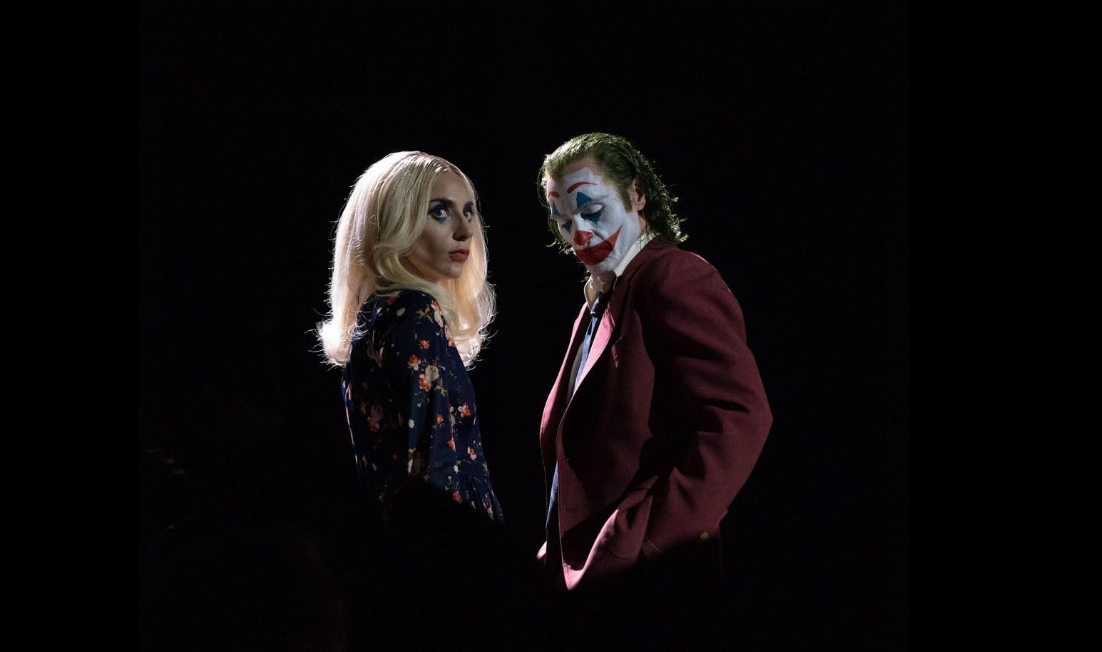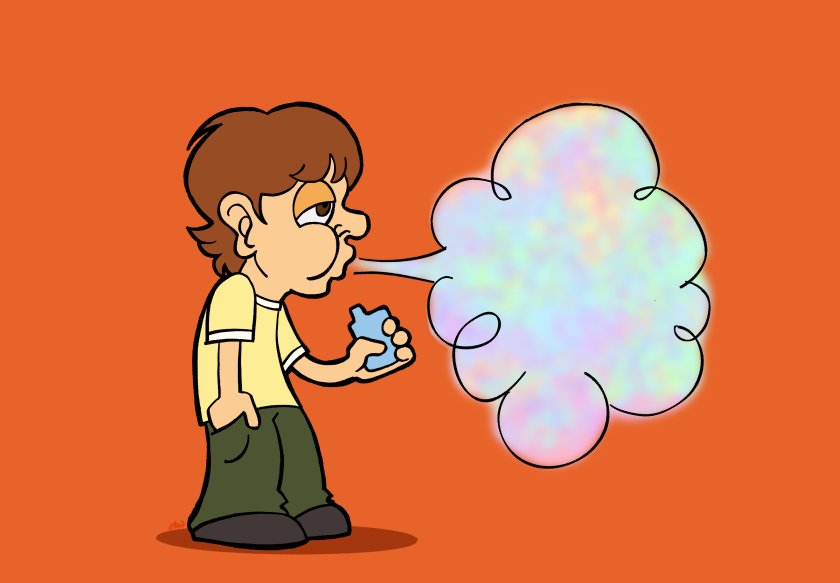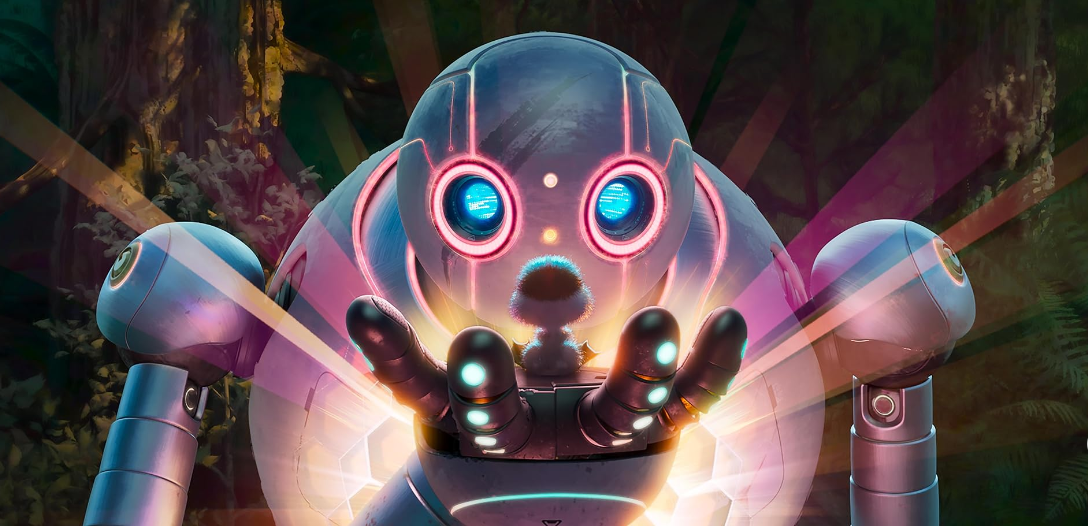Rating: 1/10
Spoilers ahead.
During the 2024 Oscars ceremony, Cord Jefferson won the Academy Award for Best Adapted Screenplay for his movie American Fiction. In his acceptance speech, he voiced his opinion and support for smaller indie movies by remarking, “Instead of making one $200 million movie, try making 20 $10 million movies or 50 $4 million movies,” hitting at production companies funding blockbuster movies instead of indie films.
“Joker: Folie à Deux” was made for $200 million, and it doesn’t deserve a single cent of its budget back.
The sequel to the $1 billion box office and Academy award-winning hit “Joker,” “Joker: Folie à Deux” picks up two years after the events of its predecessor as Arthur Fleck, played by Joaquin Phoenix, awaits trial for his violent actions committed in the previous film.
The film — which starts off with an animated sequence that resembles old Disney cartoon shorts that would play before feature films — explores the state of mind of Fleck when he meets fellow inmate Lee, played by Lady Gaga, and how she attempts to help him to achieve freedom — whether that be in reality or in his head.
This involves Lee setting the hospital on fire so they can be together, making her presence known during Fleck’s court — where he fires his lawyer so he can represent himself as Joker — and lying to him about her true identity in order for her to be with him, which he willingly accepts.
I always thought that seeing t.u. win football games was the worst thing my eyes would experience. Somehow, watching this film left me with a worse feeling.
This movie genuinely doesn’t like you — it hates your guts. It sees you sitting in the theater auditorium and says to you, “Please leave. Oh, you’re not leaving? I’ll give you reasons to leave.”
And one of the biggest reasons it gives is the incoherence of its screenplay. At first, the story seems to make sense. “I wonder why this movie has such bad ratings. It doesn’t seem so bad,” I thought to myself during the first 20 minutes. However, the first big sequence showing Lee starting a fire had me questioning whether this film was taking itself seriously.
Don’t worry, there were many more bad choices to come. Fleck’s entire time in court feels like the most boring episode of Judge Judy. And Joker’s monologues about why he is a good person diminish when he literally tells the jury that he killed the victims.
What? So, what’s the point of the movie, then? Wasn’t it to prove his innocence? Now we have gone nowhere and have wasted the audience’s time. This event is then followed with people blowing up the courtroom, which is just as puzzling as the scenes before it.
And that’s not even the worst part. Apparently, there’s an actual Joker, and he has a vengeance to kill Fleck for impersonating him, which he does at the end of the film.
If you’re confused reading these bits of the plot, you aren’t alone. Watching just leaves the audience with more questions, but not in a cool, insightful way. It’s incredibly frustrating.
And then there’s abhorrent musical numbers. It just doesn’t make sense. Yes, I understand what the film is trying to do: The musical numbers are supposed to be a visual representation of Fleck’s mental state. However, it just doesn’t add to what the film is trying to communicate about Fleck’s character. Some songs worked, most didn’t — and when it didn’t, it was excruciating to listen to.
I was expecting something lively — like a “ The Sound of Music” or “Singing in the Rain” type of musical sequence — not singing gospel music to the most dreary-looking shots. If you’re going to pick a mood, pick one only; you can’t be happy and sad at the same time.
And while I appreciated the different genres the music went into, we didn’t need a new song every 15 minutes. You know it’s bad when the music starts playing and everyone starts laughing.
Speaking of time, the runtime is nearly two hours and 20 minutes. It felt like the worst four hours I’ve been in the theater. There’s a saying that goes, “Do more with less,” but this film does less with a whole lot more. The grander the scale and stakes, the more it becomes unwatchable.
I will compliment the acting, as that’s what keeps this film somewhat watchable. Phoenix, Gaga and Brendan Gleeson all commit to their roles. They don’t hold back, and it honestly saves the movie from not being completely unreleased.
I can also acknowledge the cinematography and song composition of this film. Both Lawerence Sher and Hildur Guonadottir showcase why they are some of the best in the industry at their respective trades.
So while you can have the best actors, composers, cinematographers, costume designers and production designers, without a cohesive story, it’s a waste. The crew can’t break their backs carrying the movie with their talents.
I would like to propose a new name for this film: Joker: Folie a Zero, which translates to “Madness at Zero.” There’s no madness. It’s just mad. Mad at the audience, its characters, the world it inhabits and ultimately how bad of a movie it is. To quote Letterboxd user Preet, “Joaquin Phoenix was not the Joker, the real Joker was me who decided to watch this.”
I agree.
While this film probably won’t win any Oscars like its predecessor — I hope it doesn’t — I can guarantee it will rack up a few Razzies.
Joshua Abraham is a kinesiology junior and opinion writer for The Battalion.











Killian N. • Oct 29, 2024 at 11:35 pm
An excellent, scathing review of a terrible movie. Awesome job!